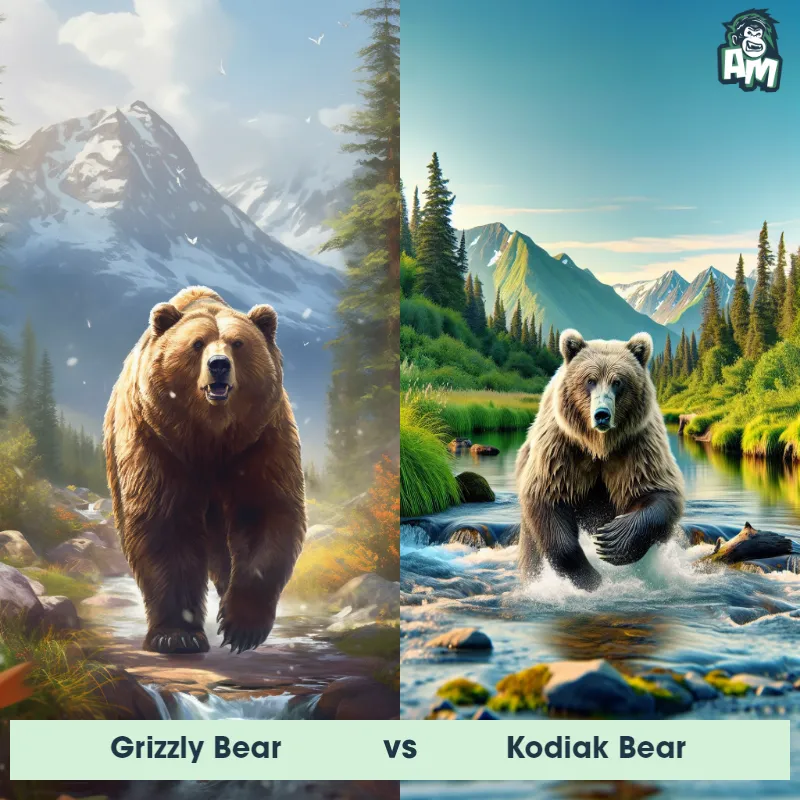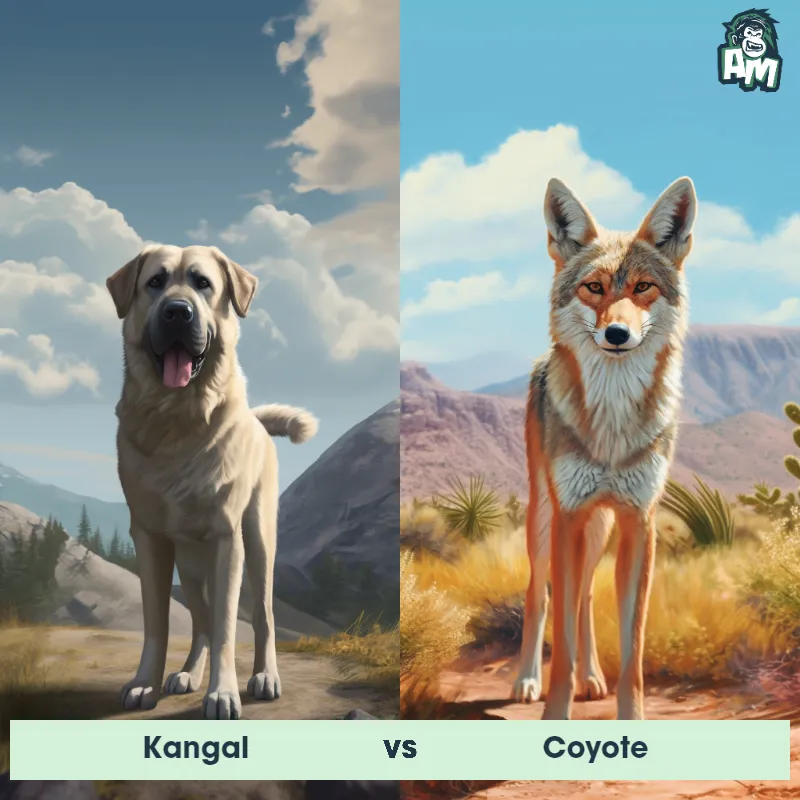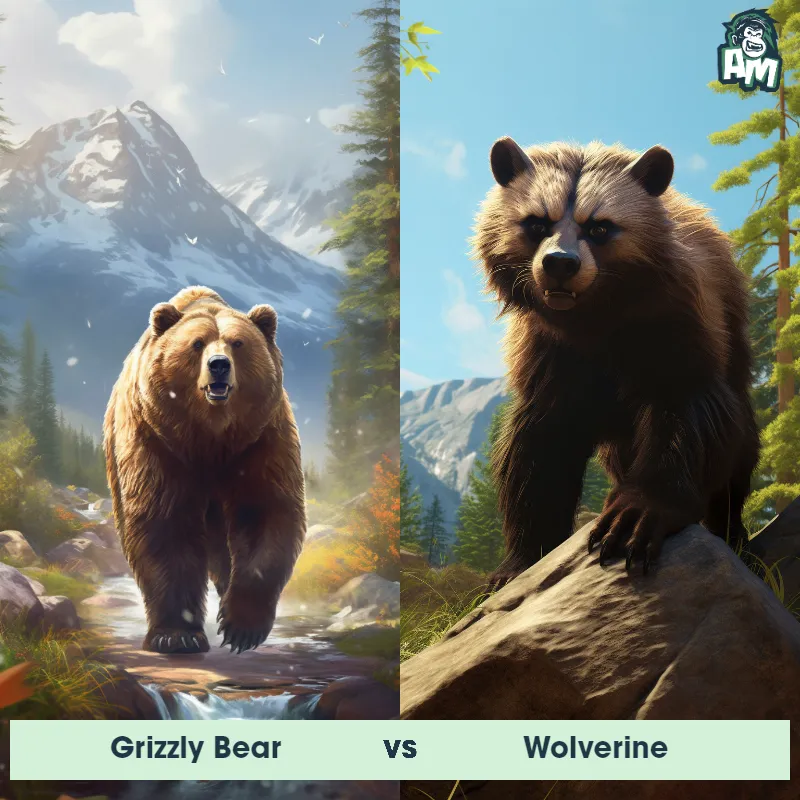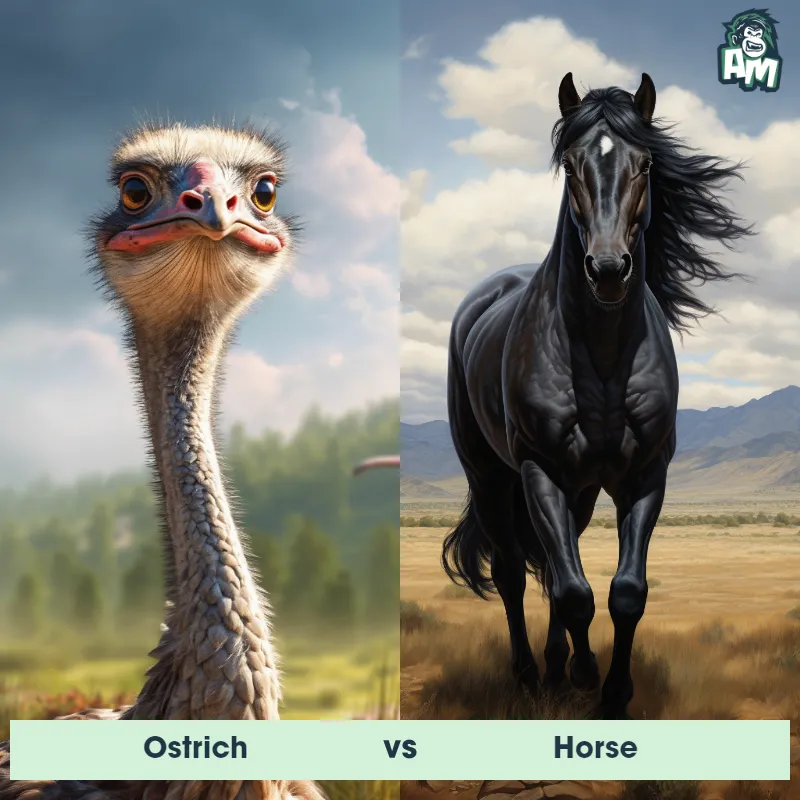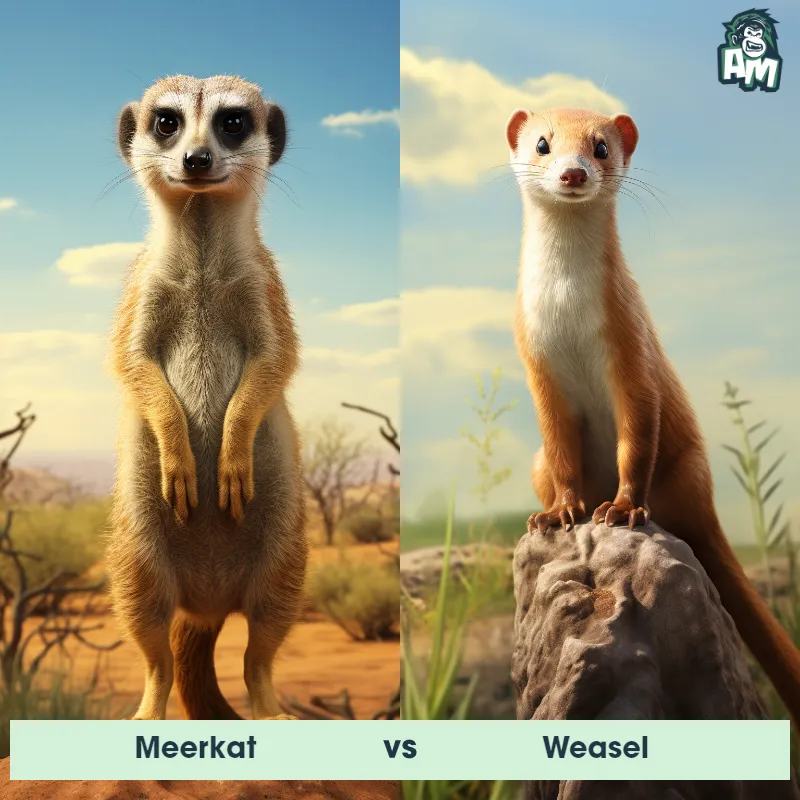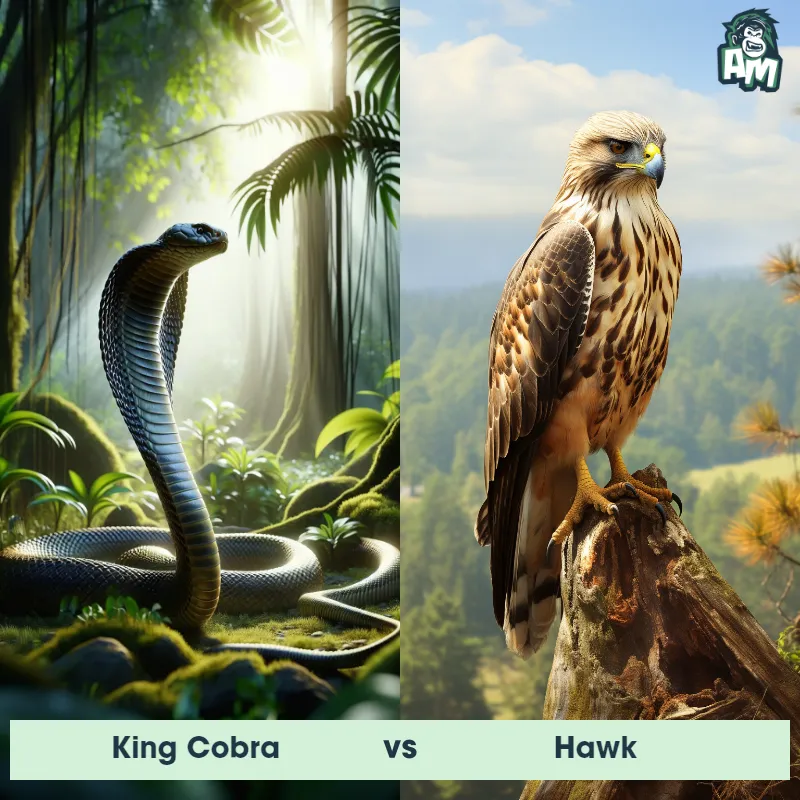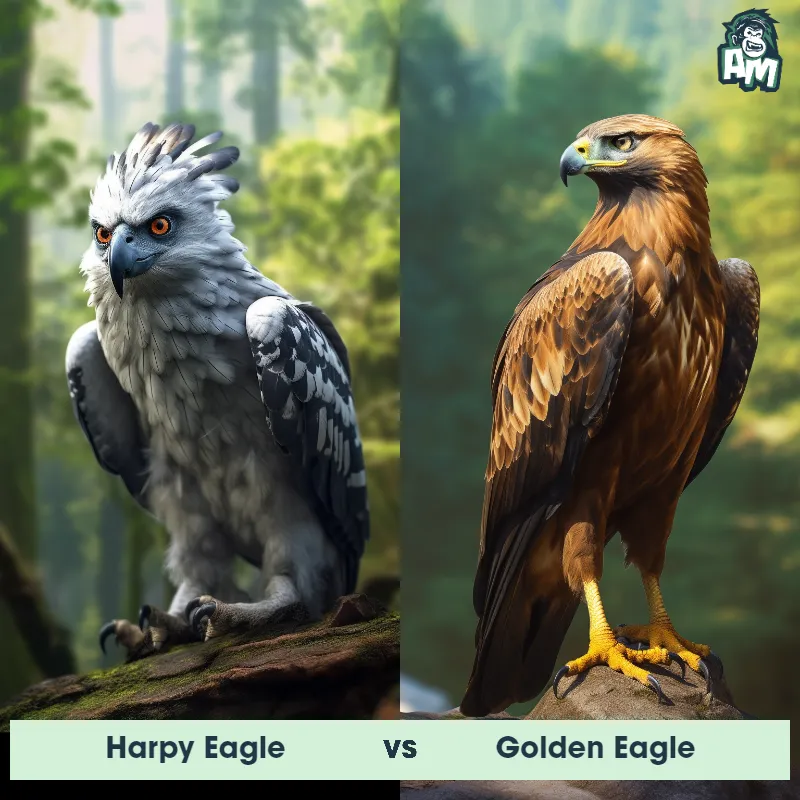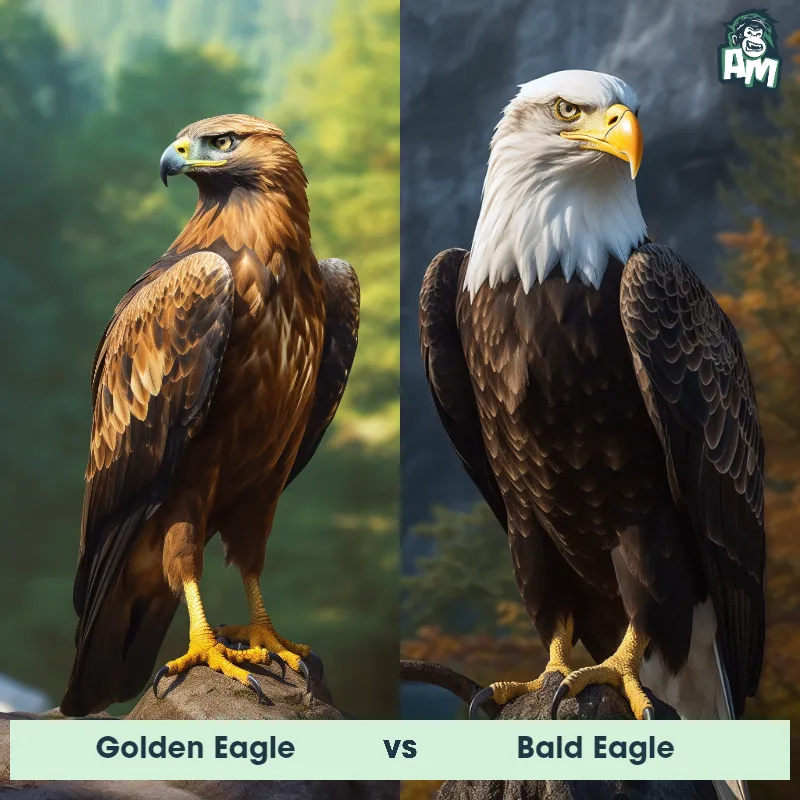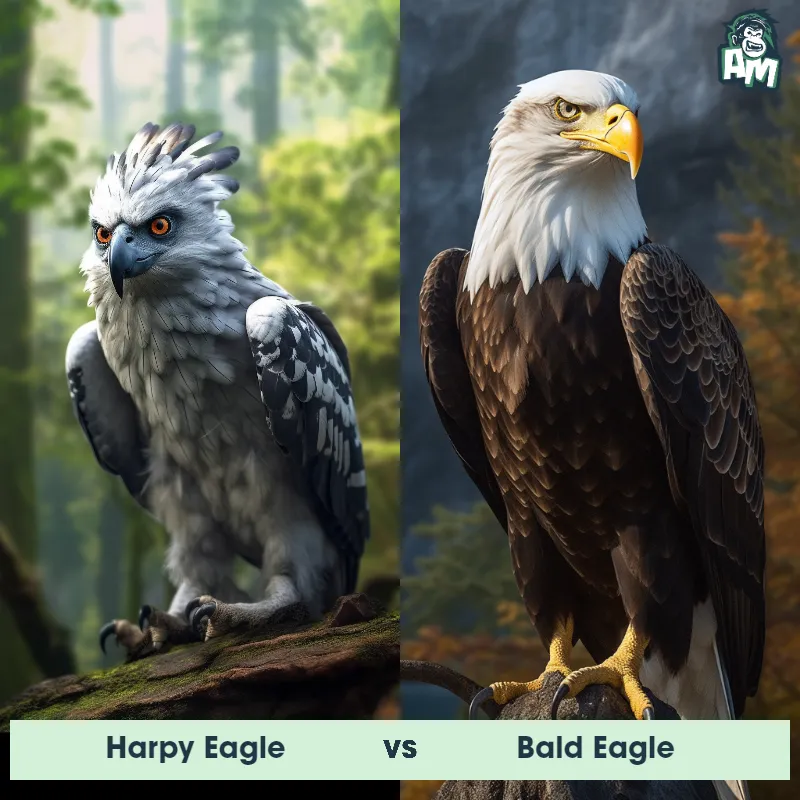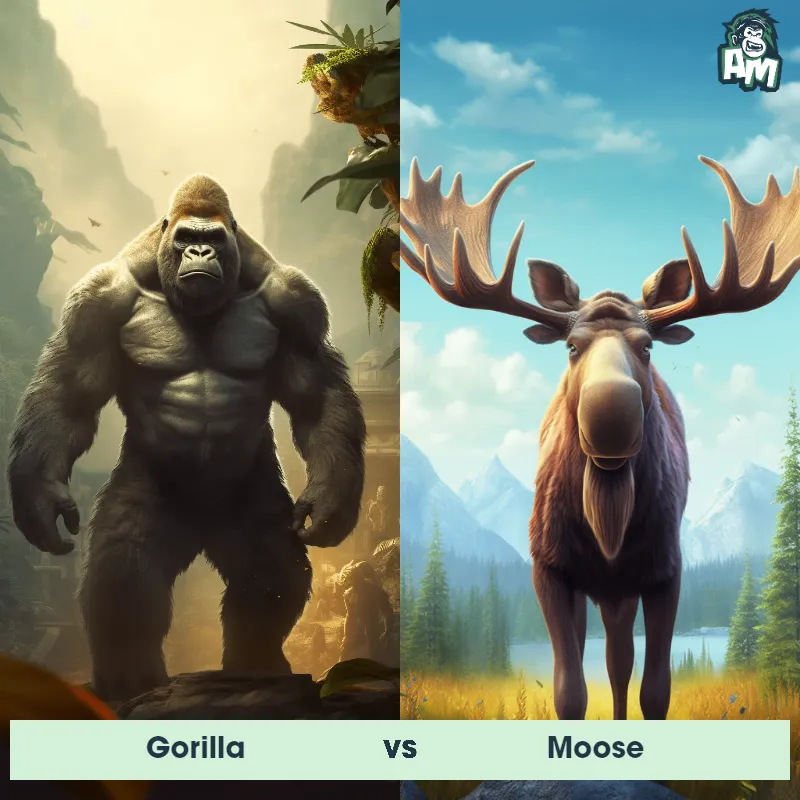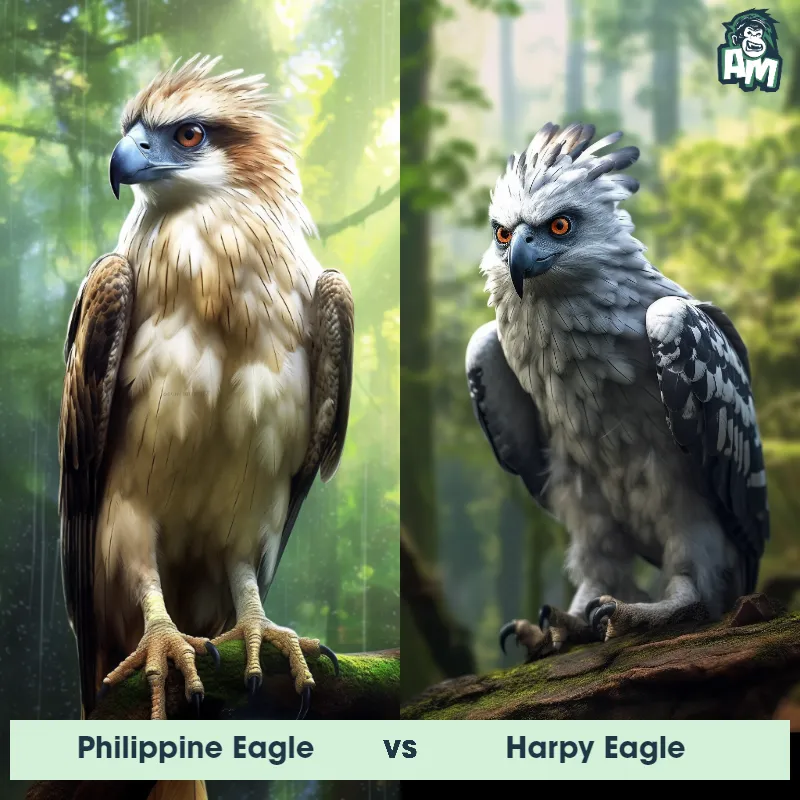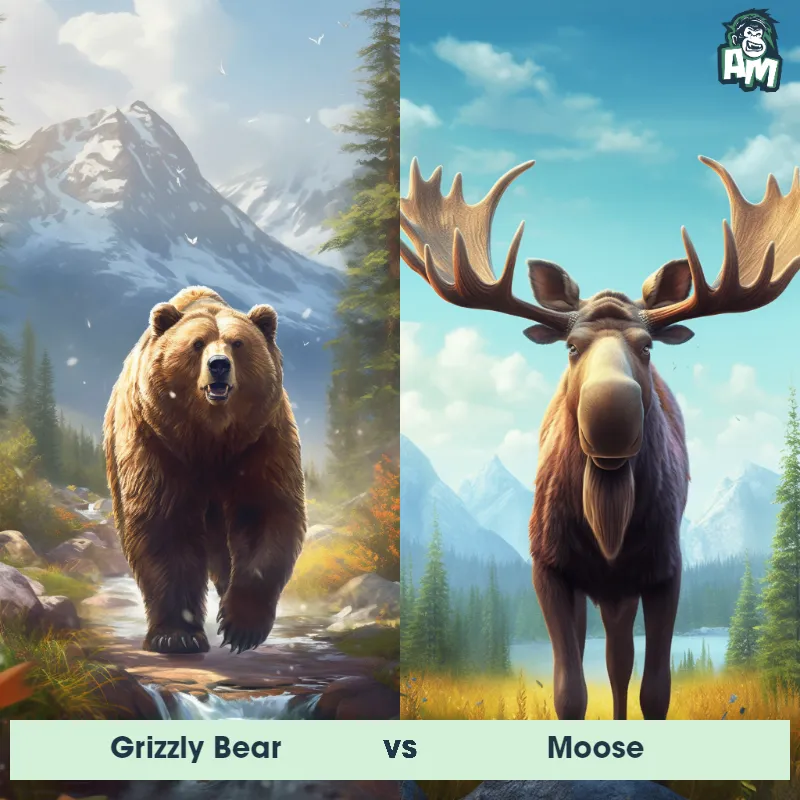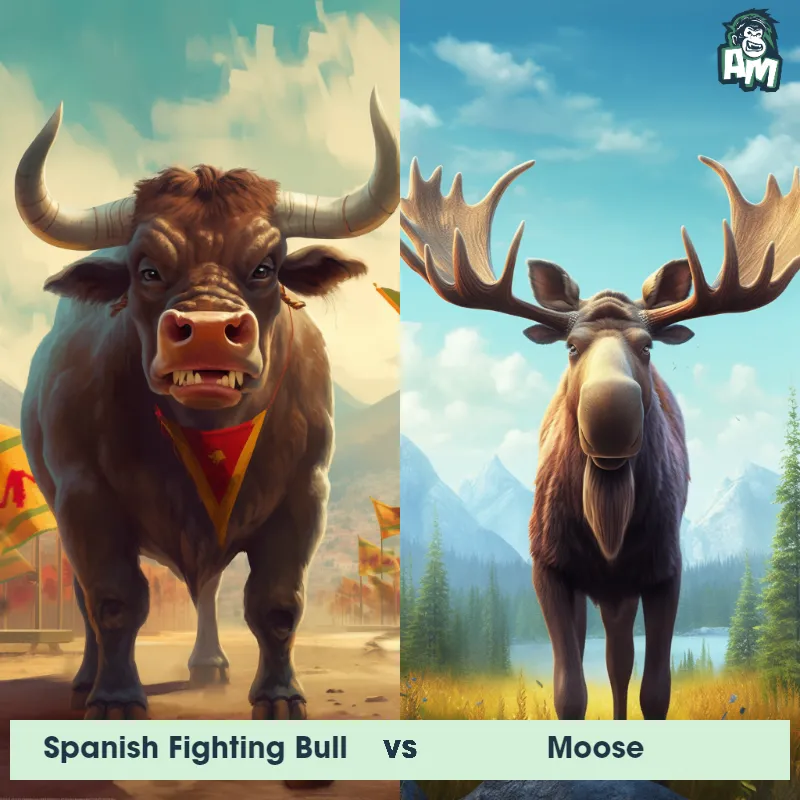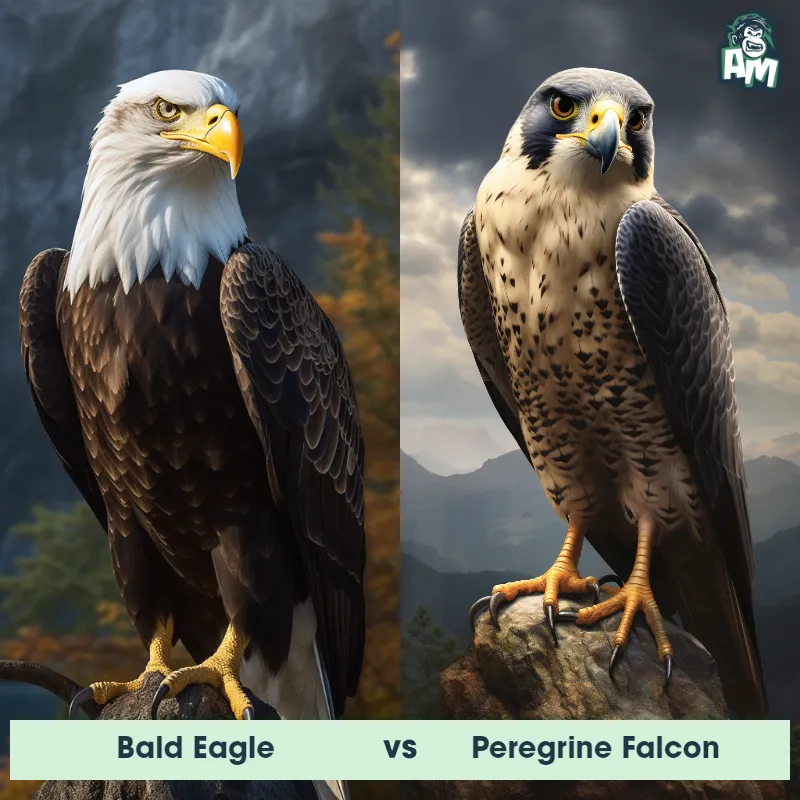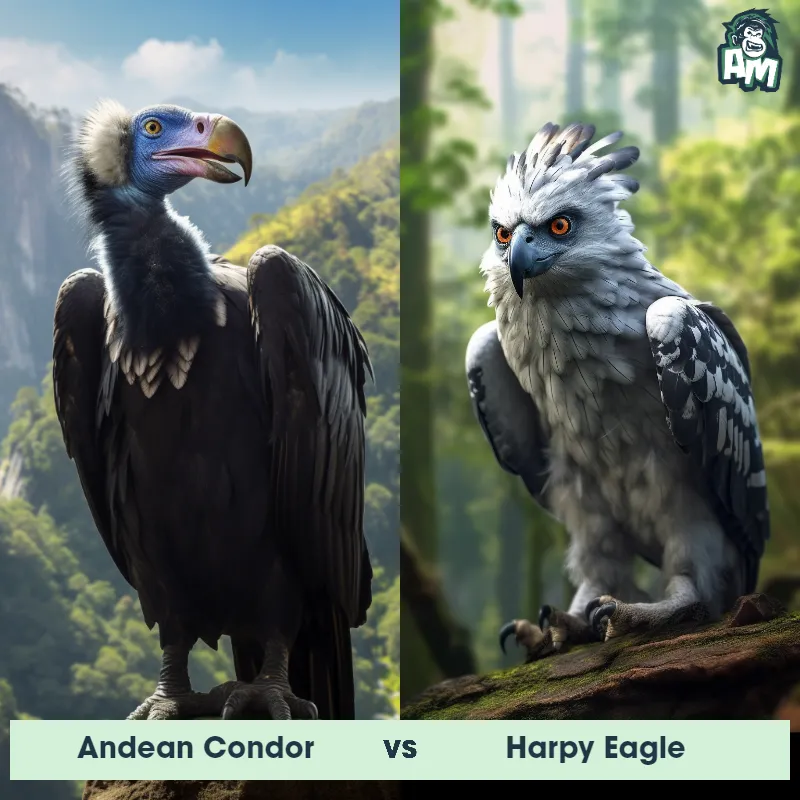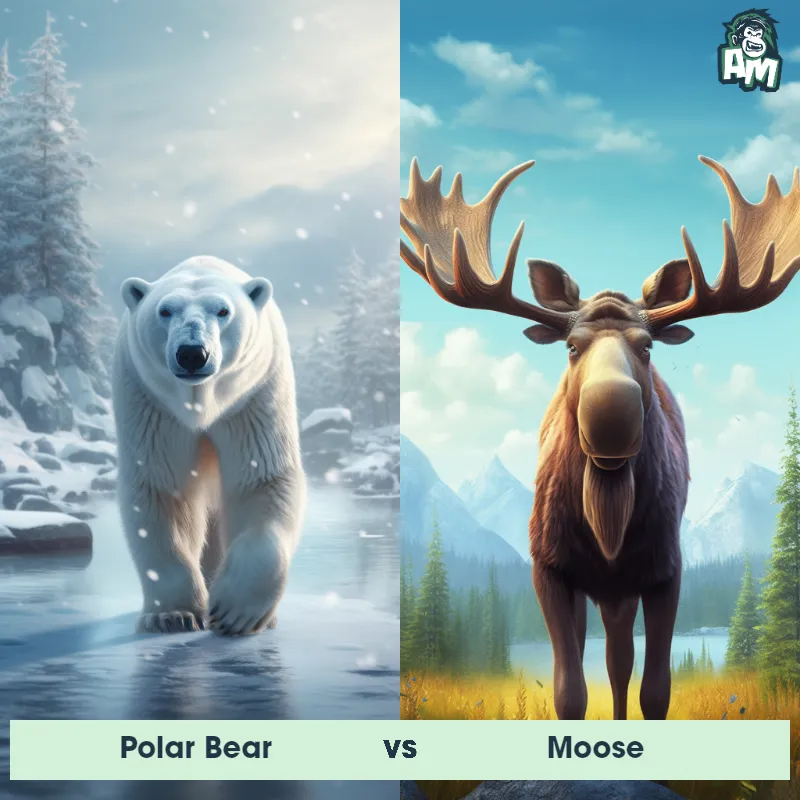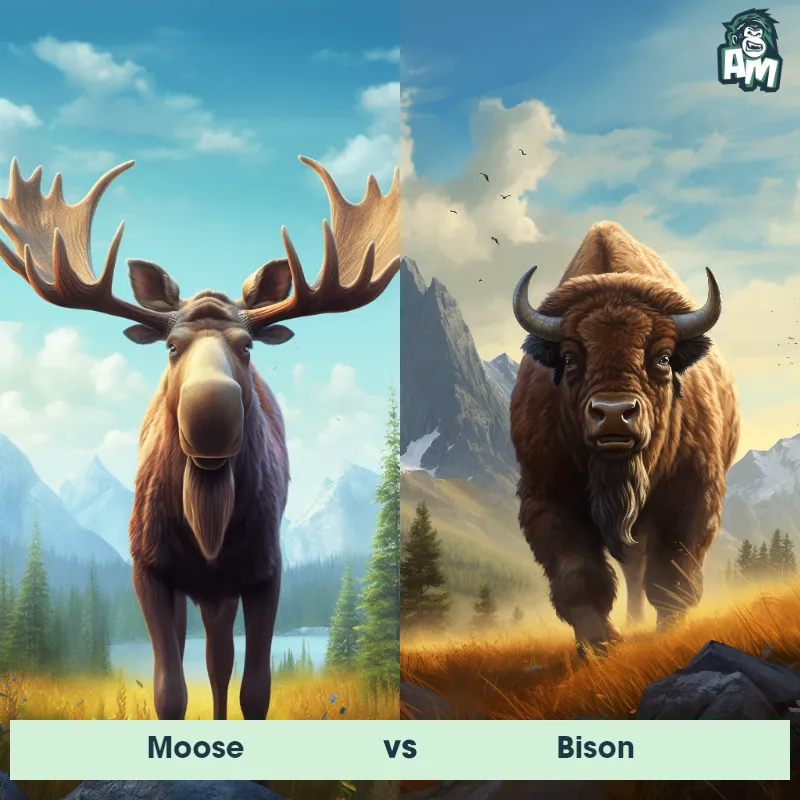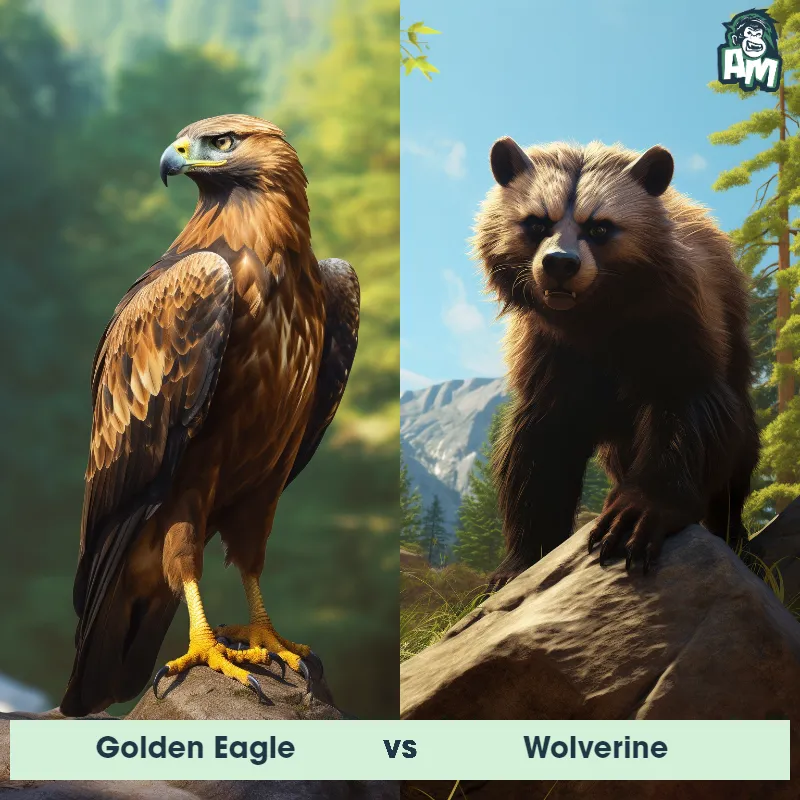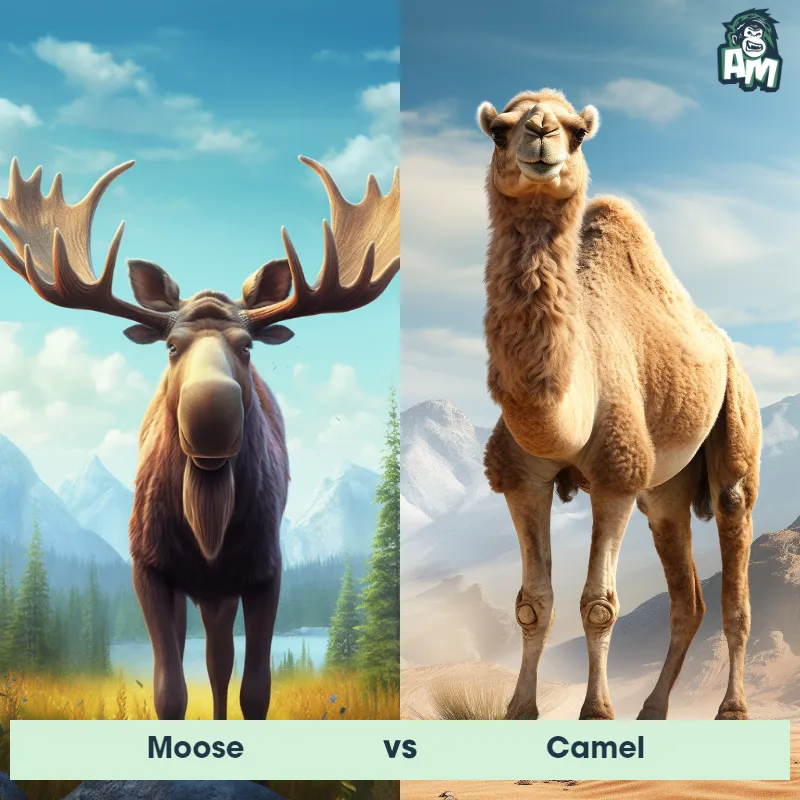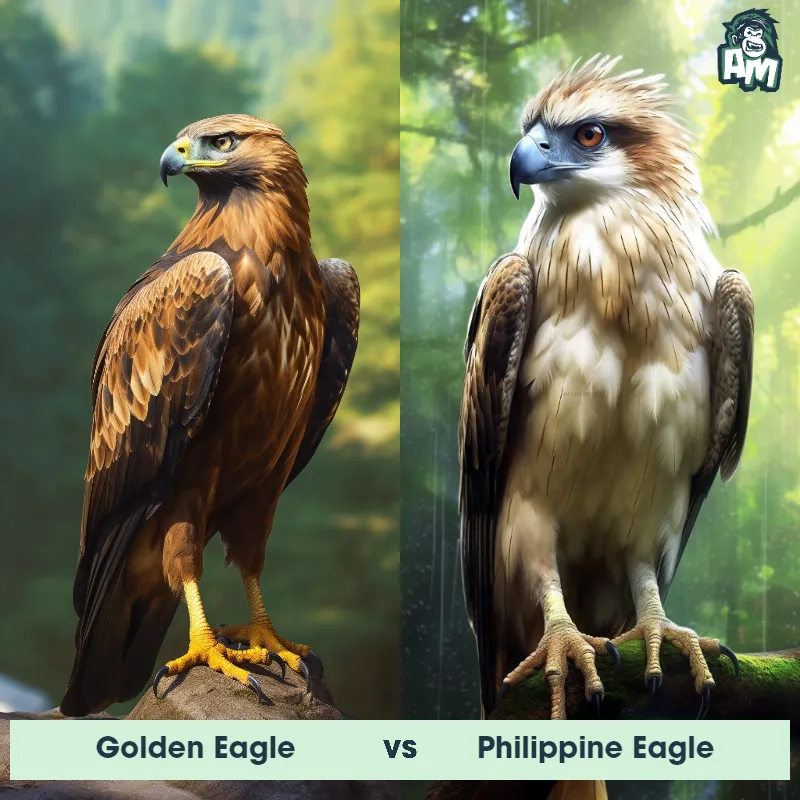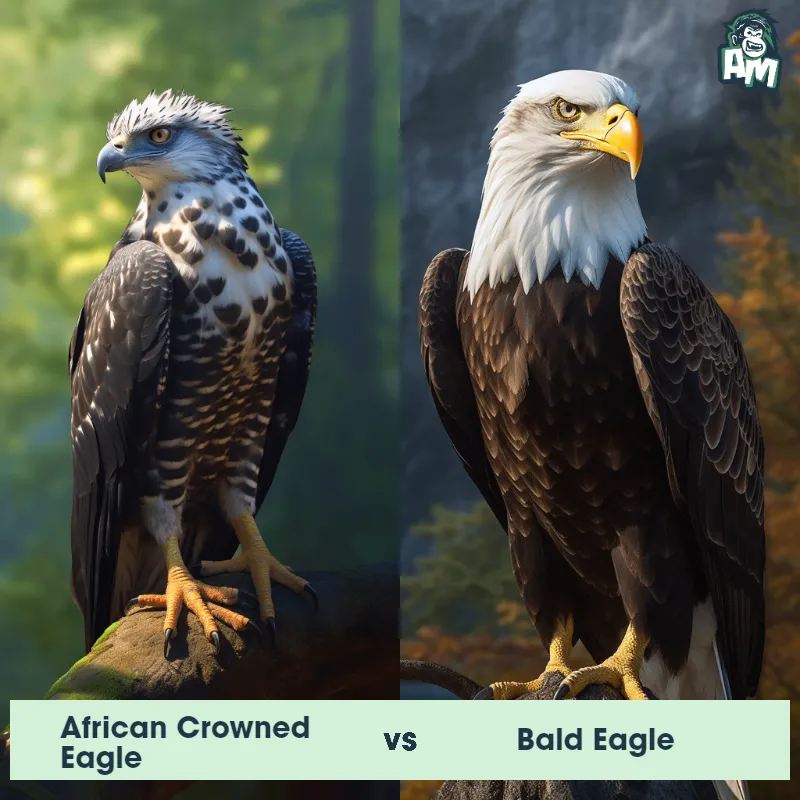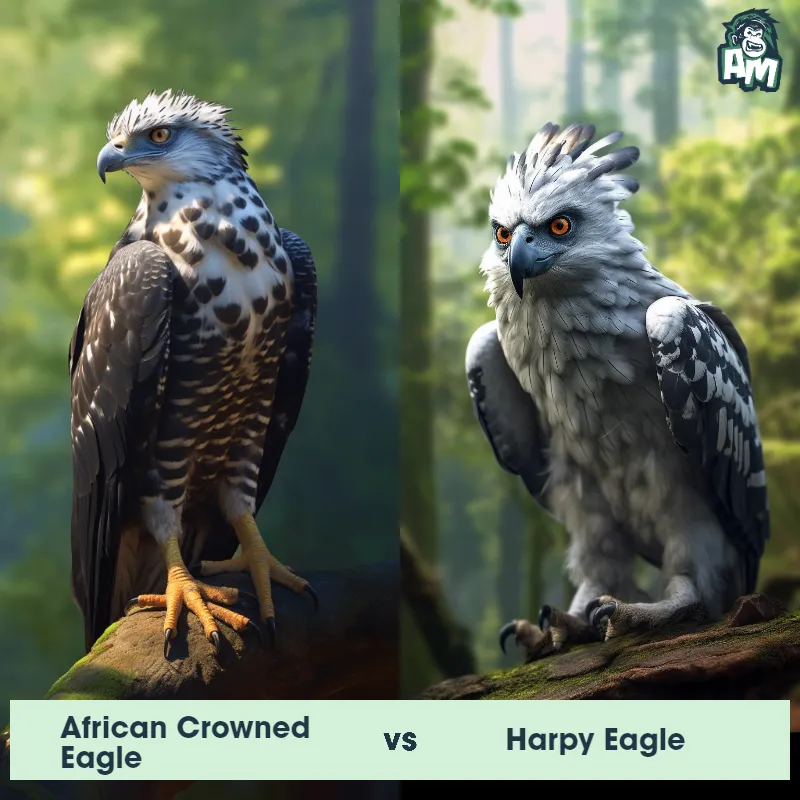Fallow Deer vs Philippine EagleSee Who Wins

Welcome, ladies and gentlemen, to this epic matchup between a Fallow Deer and a Philippine Eagle! Two fierce competitors who are ready to battle it out in three rounds of intense action. Let's see who will come out on top in this exciting fight between land and sky.
Contender 1: Fallow Deer
Fallow Deer, scientifically known as Dama dama, are medium-sized deer species native to Mediterranean regions of Europe, Asia Minor, and North Africa. They are characterized by their distinctive coloration, with a coat that varies from light brown to dark black, and their white-spotted back. Another key feature is their palmate antlers, which are flattened and shaped like a hand. Fallow Deer are known for their agility and graceful running, reaching speeds of up to 30 miles per hour. They are herbivores, mainly feeding on grass, leaves, and buds.
Fun Fact: Fallow Deer exhibit a phenomenon known as "lekking," where the males gather in an area called a lek during mating season and engage in elaborate displays to attract mates, often including vigorous fights with rivals.
Contender 2: Philippine Eagle
The Philippine Eagle, also known as the monkey-eating eagle, is a large bird of prey that can grow up to 3 feet tall with a wingspan of up to 7 feet. It has a distinctive appearance with its dark brown feathers, white underbelly, and a shaggy crest of feathers on its head. The eagle's powerful talons and sharp beak make it a formidable hunter, and it primarily feeds on monkeys, flying squirrels, and other small mammals.
Fun Fact: The Philippine Eagle is one of the rarest and most endangered birds in the world, with only around 400 individuals remaining in the wild.
Matchup Stats
| Fallow Deer | Philippine Eagle | |
|---|---|---|
| Size | 3-3.9 feet (0.9-1.2 meters) at the shoulder | Up to 3 feet (91 cm) tall, wingspan up to 7 feet (213 cm) |
| Weight | 88-198 pounds (40-90 kilograms) | Up to 20 pounds (9 kg) |
| Speed | 37mph (60km/h) | Speed: 50 mph (80.47 km/hr) |
| Key Strength | Antlers for defense and dominance | Powerful talons and sharp beak |
| Biggest Weakness | Lack of aggression compared to other deer species | None |
Current Votes
Fallow Deer vs Philippine Eagle
See Who Wins
View More Matches
Looking For More?
Similar Matches
Scientific Stats
| Fallow Deer | Philippine Eagle | |
|---|---|---|
| Scientific Name | Dama dama | Pithecophaga jefferyi |
| Family | Cervidae | Accipitridae |
| Habitat | Forests, woodlands, grasslands | Tropical forests |
| Geography | Found in Mediterranean regions of Europe, Asia Minor, and North Africa | Endemic to the Philippines |
| Diet | Grass, leaves, buds | Primarily monkeys, flying squirrels, and other small mammals |
| Lifespan | 10 years - 16 years | 30 years - 60 years |
Key Differences between Fallow Deer and Philippine Eagle
- Size: The Philippine Eagle is a much larger bird of prey, with a wingspan reaching up to 7 feet, whereas the Fallow Deer is a medium-sized ungulate, typically standing around 3-4 feet tall at the shoulder.
- Habitat: Fallow Deer are typically found in forested areas throughout Europe and Asia, while the Philippine Eagle is native to the rainforests of the Philippines.
- Color: The Fallow Deer has a distinctive coat that can range from light brown to white with black spots, while the Philippine Eagle has a predominantly dark brown plumage with a white underside and bright blue eyes. 3. Shape The Fallow Deer has a slender body with long legs and a short tail, whereas the Philippine Eagle has a bulky body with broad wings and a long, powerful beak.
- Conservation status: The Fallow Deer is classified as least concern by the IUCN, while the Philippine Eagle is critically endangered due to habitat loss and hunting.
- Behavior: Fallow Deer are known for their herding behavior and graceful movements, while the Philippine Eagle is a solitary and powerful predator that hunts from perches in the treetops.




